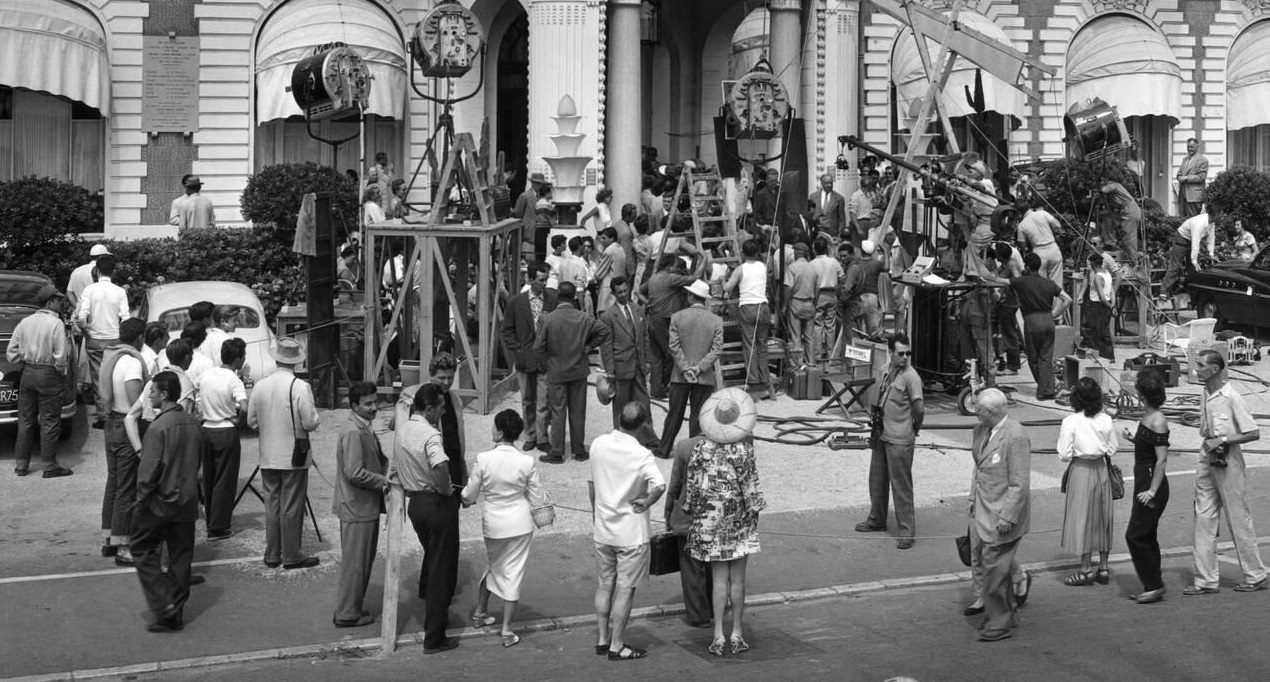For nearly five decades, the identity of the old man carrying sticks on the cover of Led Zeppelin’s fourth album has remained a mystery, fueling speculation and intrigue among fans and music historians alike. This enigmatic figure, set against a backdrop of rustic simplicity, has become an iconic image in rock history. Now, thanks to the meticulous research of a West Country historian, the mystery surrounding the ‘Stick Man’ has finally been unraveled.

The original photograph, which graced the cover of one of the most celebrated albums in rock history, was discovered in a late Victorian photograph album. The revelation came from Brian Edwards, a Visiting Research Fellow with the Regional History Centre at the University of the West of England. His discovery is not just a significant find for music enthusiasts but also a fascinating glimpse into the past, now preserved in museum collections.
Led Zeppelin IV: A Landmark Album
Released on November 8, 1971, Led Zeppelin IV, also known as the “Untitled Album,” is a milestone in rock music. It has sold more than 37 million copies worldwide, but its cover artwork is notably absent of any direct indication of the band or album title. The framed image on the cover, often mistaken for a painting, was a colored photograph, discovered by lead singer Robert Plant in an antique shop. This intriguing find by Plant and guitarist Jimmy Page in Reading, Berkshire, cleverly juxtaposed the old with the new, symbolizing the destruction of the old and the emergence of the new.

The Discovery Process
The original black and white Victorian photograph was unearthed during research extending from the “Ways of Seeing Wiltshire” exhibition, curated by Brian Edwards in partnership with Wiltshire Museum. The photograph album, titled ‘Reminiscences of a visit to Shaftesbury. Whitsuntide 1892,’ contained over 100 architectural views and street scenes, along with a few portraits of rural workers. Underneath the photograph that would become famous due to Led Zeppelin, the photographer wrote ‘A Wiltshire Thatcher,’ revealing the profession of the mysterious figure.
The Photographer: Ernest Howard Farmer
The album’s part signature suggested the photographer was Ernest Howard Farmer (1856–1944), the first head of the School of Photography at the then newly renamed Polytechnic Regent Street. Farmer, an early pioneer in photography, had an intriguing background that intersected with the world of early chemistry and photography. His role as an instructor at the Polytechnic Young Men’s Christian Institute, now part of the University of Westminster, marked him as a significant figure in the development of photographic arts.
Identifying the ‘Stick Man’: Lot Long
Further research led to the identification of the thatcher in the image as Lot Long (sometimes Longyear), born in 1823 and died in 1893. Living in a small cottage in Shaftesbury Road, Mere, at the time the photograph was taken, Lot was a widower and one of the few thatchers working in Wiltshire in the 1890s. His identification as the figure on the album cover adds a personal and historical dimension to the iconic image.
The uncovering of the identities of both the photographer and the subject in the photograph adds a rich layer of context to the Led Zeppelin IV album cover. It bridges the gap between a modern rock masterpiece and the rural, traditional life of late 19th-century England. The story behind the cover illustrates the band’s connection to history and their desire to blend the old with the new in their music.
Led Zeppelin IV, with its eclectic mix of hard rock, folk, and blues, remains a cornerstone of rock music. The album’s cover, devoid of the band’s name or album title, was a bold artistic statement. The revelation of the story behind its mysterious cover image only adds to the album’s mystique and enduring appeal.



